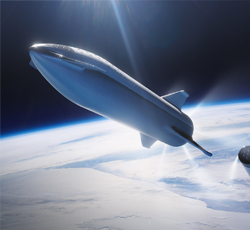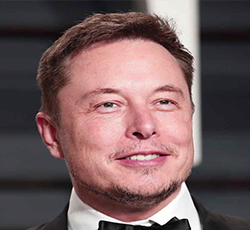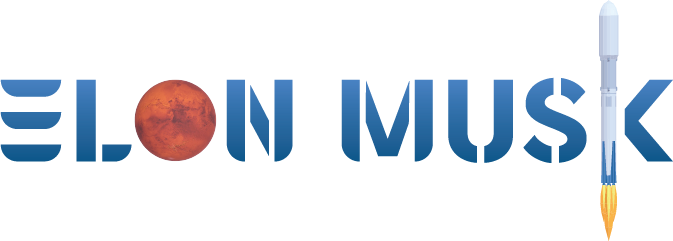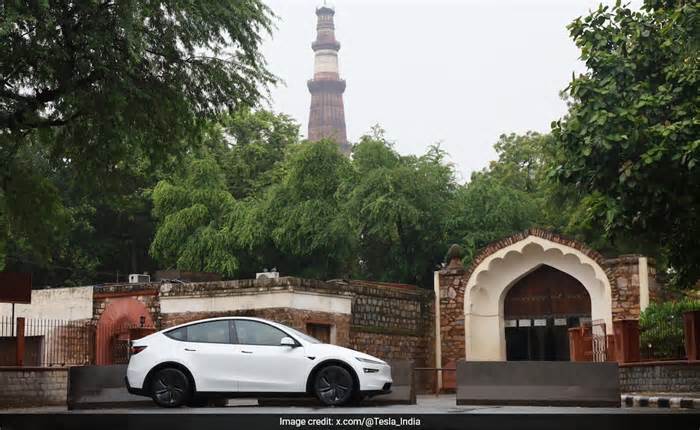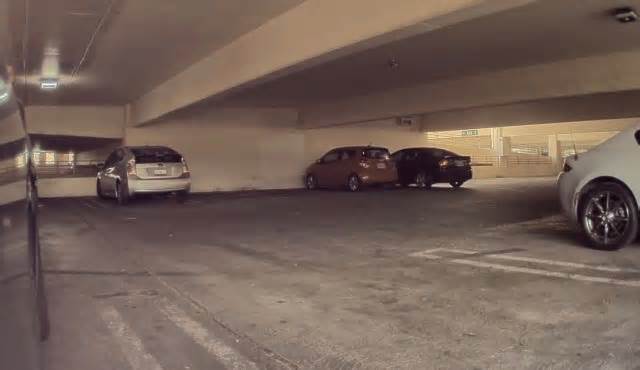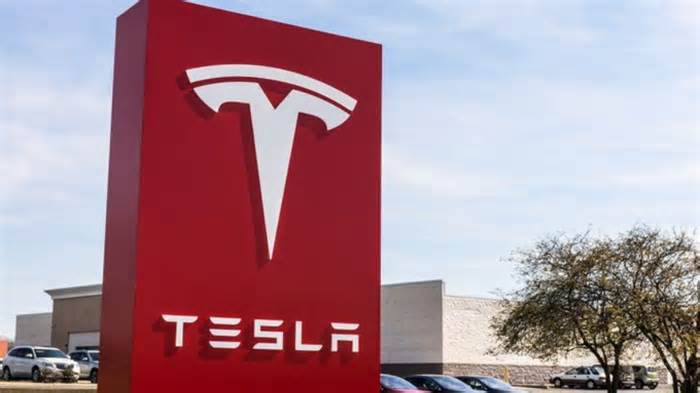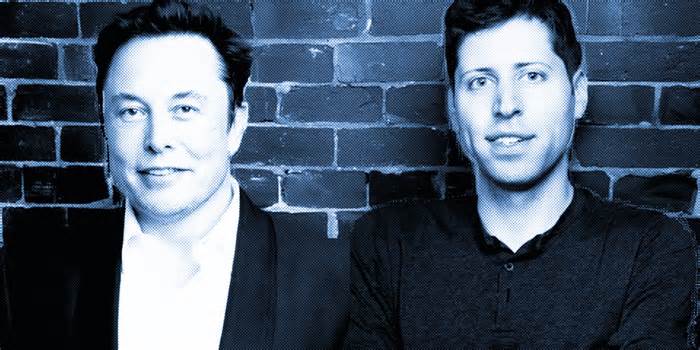
How SpaceX Starlink broadband will envelop Earth and transform ... - CNET
- by CNET
- Nov 22, 2020
- 0 Comments
- 0 Likes Flag 0 Of 5
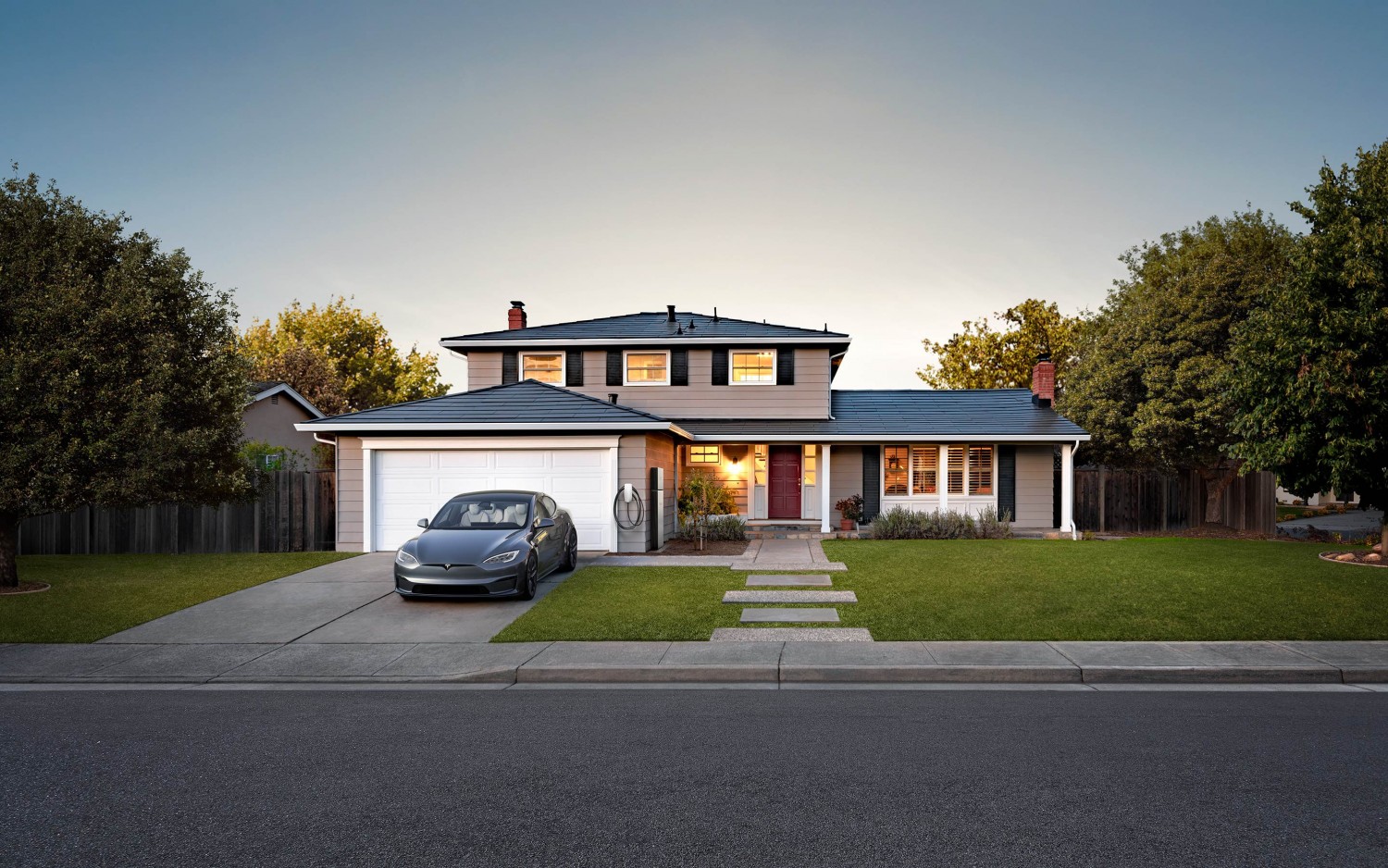
GPS rules everything. And it's getting a big upgrade
"Existing and planned large constellations of bright satellites in low-Earth orbit will fundamentally change astronomical observing," the report begins.
There are a handful of options that could reduce the impact on astronomy, such as limiting the altitude of the satellites, making them less reflective, increasing and improving image processing, and coordination to avoid pointing telescopes at the satellites.
But none of these will totally eliminate the effects of adding thousands of orbiting robots to the sky. Particularly affected will be the upcoming generation of giant telescopes designed to have a very wide view of the cosmos like the Vera C. Rubin observatory now being built in Chile.
"There is no place to hide," Phil Puxley of the Association of Universities for Research in Astronomy said in August.
The comprehensive report did suggest one drastic approach that would keep Starlink and other coming constellations from tainting our view of deep space:
"Launch fewer or no LEO sats. However impractical or unlikely, this is the only option identified that can achieve zero astronomical impact."
Unlikely indeed. New SpaceX Starlink batches are lifting off from Earth every few weeks. The company's permit from the FCC to operate a broadband constellation actually requires that it have its first 2,212 satellites orbiting and operational by 2024.
But SpaceX, Oneweb, Amazon and others have been working closely with the scientific community to address the problem. SpaceX has experimented with ways to make its satellites less reflective.
"We set out two goals," SpaceX's vice president of satellite government affairs, Patricia Cooper, said in October during a webinar organized by the Satellite Industry Association and the American Astronomical Society. "One of them was to reduce brightness. … The second goal was to make the satellites invisible to the naked eye."
Cooper says that over 350, or close to half, of the Starlink satellites deployed are equipped with VisorSats, a sort of shield to reduce the reflectivity of a satellite. SpaceX can also change the orientation of satellites to reduce brightness.
"SpaceX is doing more than promises, they have taken some real actions, which is nice," says astronomer Jonathan McDowell of the Harvard-Smithsonian Center for Astrophysics. "I think they have done enough to ensure the naked-eye sky will be preserved, but I'm still worried about the impact on professional observations."
Traffic jams are coming to orbit
The United Nations' Online Index of Objects Launched into Outer Space lists over 10,000 objects that have been lifted beyond Earth's gravity well since the start of the Space Age. Of those, maybe half remain, and closer to a quarter are operational.
So it's possible that if all the planned broadband constellations come to full fruition, the total number of objects launched to space by humanity will quintuple over the next decade or so.
That rising volume means an unprecedented new risk of collision. There's probably no reason to worry about a dead Starlink falling on your head. (The small satellites that occupy LEO are designed to easily reenter Earth's atmosphere and burn up completely.) But it does present a threat to other satellites.
The second stage of a Falcon 9 releases a batch of Starlink satellites above Earth.
SpaceX
In September 2019, the European Space Agency performed an emergency maneuver to move one of its weather data satellites out of the way of a Starlink satellite to avoid a potential collision. SpaceX later blamed the incident on "a bug in our on-call paging system."
"There will be accidents and collisions if the really big (30,000-100,000) version of these constellations happen, and it will be bad," McDowell said via email.
SpaceX has long touted Starlink's autonomous collision avoidance system. To its credit, hundreds more Starlinks have been launched, without incident, since the ESA near-miss. But the real risk may come, as McDowell notes, when thousands of competing satellites are also sharing nearby space. Imagine an operator going bankrupt and leaving hundreds of abandoned robots whipping around Earth at high speed like a driver asleep at the wheel.
Bringing it down to Earth and the next planet
Starlink currently leads the way with its ongoing beta test, while Oneweb is now reorganizing itself under new ownership, with the British government and Indian conglomerate Bharti holding the largest stakes.
Project Kuiper and Telesat have yet to begin launching their respective constellations, though Telesat launched a single prototype demonstration satellite in 2018. But both have the means to do so, so there's reason to take all four leading players seriously.
"We think that at least one or two of these are going to come to life in the next two years and start offering concrete services to customers," Menard says.
He says the demand is there for the services the companies hope to offer. If you spend time in rural parts of the world, you don't have to ask around much before you'll meet potential customers.
"No hope of ever getting fiber here and the best we get is 4 MB ADSL," says Matthew Vermeulen from the small town of Ugie in South Africa via an online chat. "I personally am a huge gamer and do all my work through the internet so being able to have the speeds and ping that people in the cities and overseas get to have would be great."
In Ector County in West Texas, many residents find themselves in a similar situation. The county comprises the city of Odessa and the stark, dry, often treeless flatlands to the west of town. Nearly 40 percent of households responding to a survey said they had unreliable broadband service or none at all, according to Mike Adkins, director of communications for the Ector County Independent School District.
The dire state of connectivity came to a head when the COVID-19 pandemic hit and schooling in the county went online. As of October, nearly a third of students were still attending online.
Over the summer, the district connected with SpaceX, which offered to run a pilot test of Starlink in Ector County next year, starting with 45 families and later expanding to 135 households.
"It's just a moral imperative that we find solutions," says Adkins, "because we have so many kids who can't connect with school once they leave the school building."
And for Mars-obsessed Elon Musk, it may be a small step toward solving the problem of how to create an Earth-like environment on the red planet someday.
Your guide
Please first to comment
Related Post
Stay Connected
Tweets by elonmuskTo get the latest tweets please make sure you are logged in on X on this browser.
Sponsored
Popular Post
Sam Altman's OpenAI Takes On Elon Musk's Grok in AI Chess Tournament Final - Who Won?
28 ViewsAug 09 ,2025






 Energy
Energy